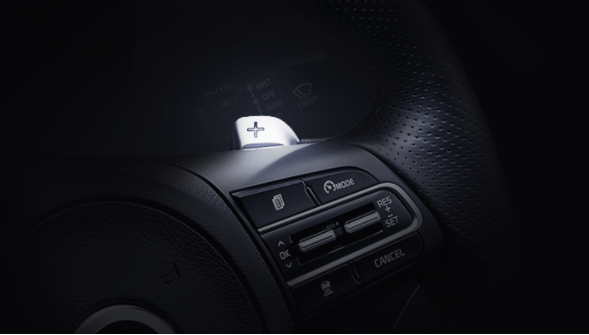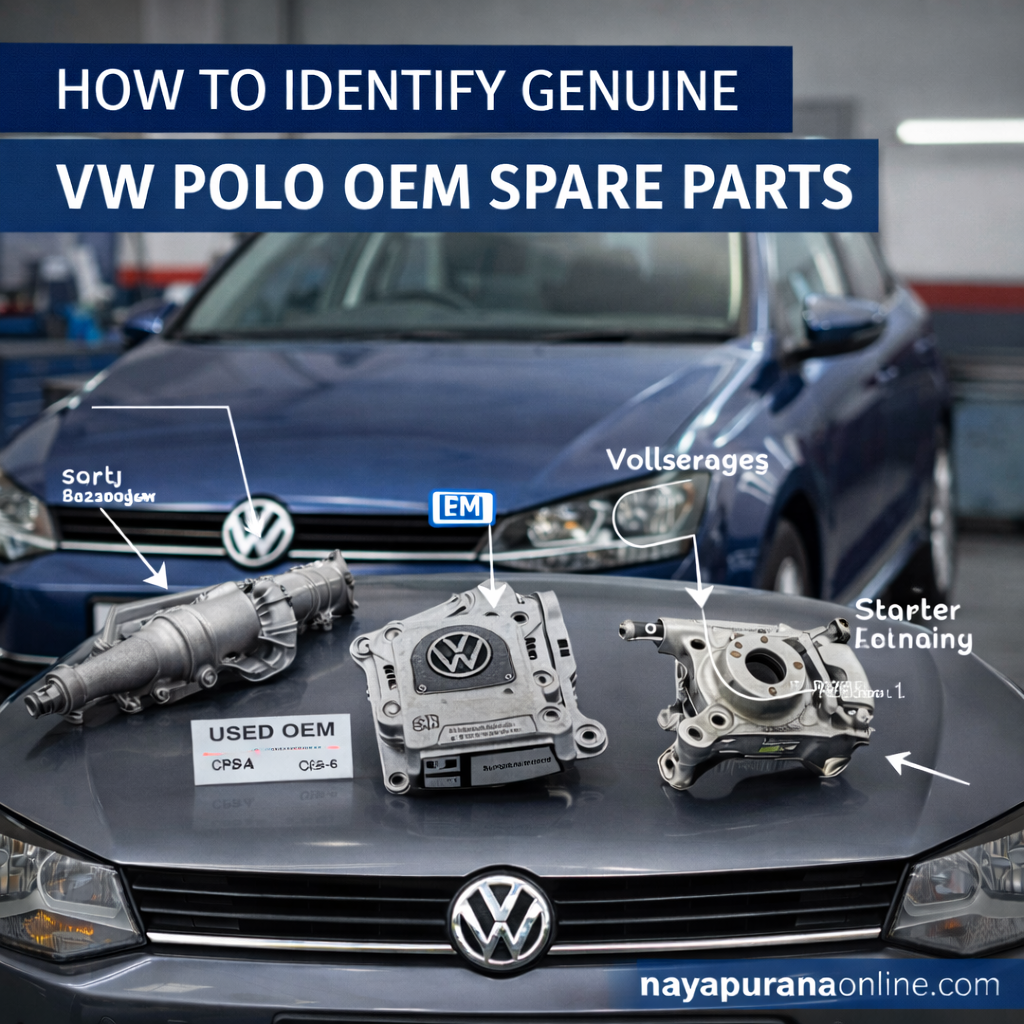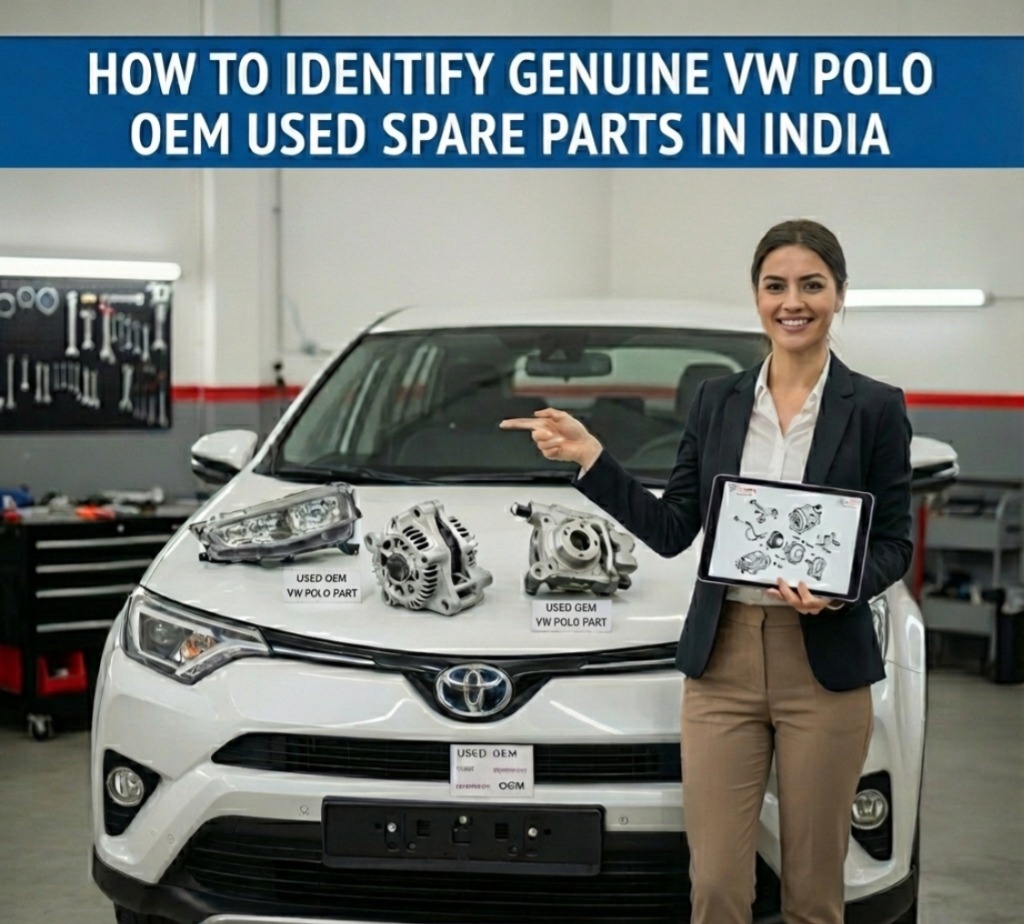Paddle Shifters in the Car: How Do They Work.
19 Sep,2023
Paddle Shifters in the Car: How Do They Work
Paddle shifters, the sleek and convenient levers mounted behind the steering wheel of many modern cars, offer drivers a dynamic way to control their vehicle's gears. These intuitive components are primarily found in vehicles equipped with automated manual transmissions (AMTs) or dual-clutch transmissions (DCTs). Here's a brief overview of how paddle shifters work:
**1. Transmission Control:** Paddle shifters provide drivers with the ability to manually shift gears without the need for a traditional gear shift lever or clutch pedal. In AMT-equipped cars, the right paddle (+) typically shifts up to higher gears, while the left paddle (-) shifts down to lower gears.
**2. Electronic Precision:** Behind the scenes, paddle shifters use electronic sensors to communicate with the vehicle's engine control unit (ECU). When a paddle is activated, it sends an electronic signal to the ECU, which then engages the chosen gear, ensuring precise and rapid gear changes.
**3. Rev-Matching:** Many paddle shifter systems come equipped with a rev-matching feature that automatically adjusts the engine's RPM to match the selected gear when downshifting. This feature promotes smoother transitions between gears, enhancing driving stability.
**4. Manual Mode:** Paddle shifters often include a manual mode option, allowing drivers to take full control of gear selection. In this mode, the vehicle won't shift gears automatically, offering enthusiasts a more hands-on driving experience.
In summary, paddle shifters are a stylish and functional addition to modern cars, offering drivers greater control over their vehicle's gears. Whether for the thrill of sporty driving or the convenience of smoother gear changes, paddle shifters have revolutionized the driving experience for many auto enthusiasts.

Paddle Shifters in the Car: How Do They Work
Paddle shifters have become a prominent feature in modern automobiles, especially in sports cars and high-performance vehicles. These sleek and intuitive components offer drivers a more engaging and precise way to control their vehicle's gears, enhancing the driving experience. In this article, we will delve into the workings of paddle shifters, exploring how they function and the benefits they bring to the driving experience.
**What Are Paddle Shifters?**
Paddle shifters are small, often metal, levers mounted behind the steering wheel of a car, one on each side. They serve as an alternative to the traditional gear shift lever or automatic transmission. Paddle shifters are commonly found in vehicles equipped with automated manual transmissions or dual-clutch transmissions, where they provide drivers with manual control over the gear changes without the need for a third pedal (clutch).
**How Do Paddle Shifters Work?**
1. **Transmission Types**: Paddle shifters are most commonly associated with two types of transmissions:
- **Automated Manual Transmission (AMT)**: In an AMT, the transmission operates automatically but allows the driver to manually select gears using the paddle shifters. When you pull the right paddle (+), it shifts up to a higher gear, while the left paddle (-) shifts down to a lower gear.
- **Dual-Clutch Transmission (DCT)**: DCTs have two separate clutches for even faster gear changes. Paddle shifters in a DCT allow the driver to pre-select the next gear, and the transmission shifts almost instantaneously.
2. **Electronics and Sensors**: Behind the scenes, paddle shifters are equipped with electronic sensors that communicate with the vehicle's engine control unit (ECU). When you pull a paddle, it sends an electronic signal to the ECU, instructing it to engage the chosen gear.
3. **Rev-Matching**: Many modern paddle shifters come with a feature called "rev-matching." This function blips the throttle automatically when downshifting to match the engine's speed with the selected gear, preventing abrupt and potentially destabilizing shifts.
4. **Manual Mode**: Paddle shifters often have a manual mode where the driver has full control over gear selection. In this mode, the car won't upshift or downshift automatically, allowing enthusiasts to enjoy a more involved driving experience.
**Benefits of Paddle Shifters:**
1. **Enhanced Control**: Paddle shifters provide drivers with a level of control similar to that of a manual transmission, allowing them to dictate gear changes for more precise driving.
2. **Quick and Smooth Gear Changes**: In vehicles equipped with DCTs, gear changes are incredibly swift and seamless, enhancing acceleration and overall performance.
3. **Reduced Driver Fatigue**: Paddle shifters make it easier for drivers to maintain control of the vehicle, especially in situations like overtaking or navigating challenging terrain.
4. **Sporty Driving Experience**: Paddle shifters contribute to a more engaging and sporty driving experience, appealing to enthusiasts who enjoy spirited driving.
In conclusion, paddle shifters are a remarkable addition to the automotive world, combining the convenience of automatic transmissions with the engagement of manual control. Their precise and responsive operation adds a new dimension to the driving experience, making them a popular feature in a wide range of vehicles, from luxury sedans to high-performance sports cars.


 Login
Login









